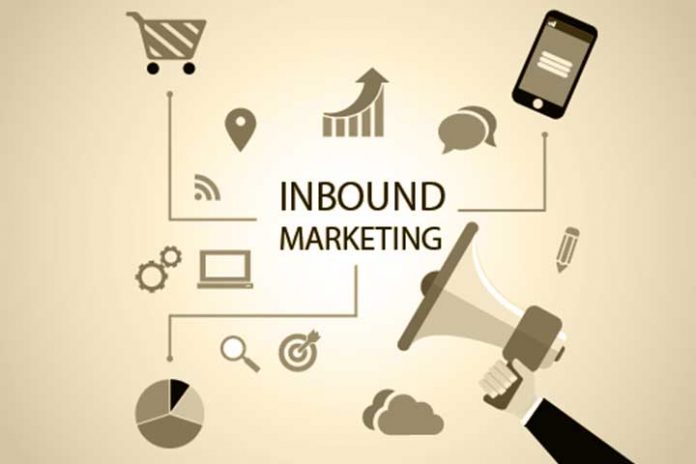This post will explain some phases and strategies that you must follow to get a stranger who has no idea about your brand to become a prescriber who recommends your products.
What is Inbound Marketing?
Inbound marketing, also known as attraction marketing or attraction marketing, is a methodology that consists of combining non-intrusive marketing and advertising techniques. The purpose of inbound marketing is to accompany the user from the moment he enters the web until he becomes a promoter of the brand (a person who influences customers when purchasing a good or service).
The goal of inbound marketing is to attract customers. The main thing will be to create a buyer persona to do this. Once the purchase process in which the client finds himself has been identified, we create valuable content and personalized experiences for each user, which solve their needs in a non-intrusive way, in a friendly, slightly annoying way.
The process to convert a stranger into a prescriber would be as follows:
Attract strangers to the web through a blog, SEO positioning, and social networks and convert them into visits to increase web traffic. Transform visits into leads through landing pages, forms, and calls to action. Convert the lead into a client through the feedback of personalized content, thanks to the CRM. The last step will be to get the client to become a prescriber of the brand through loyalty and valuable content.
Phases of Inbound Marketing
1) ATTRAC (traffic attraction)
At this stage, we will focus on getting as much user traffic as possible to our website. It involves attracting the buyer person (fictitious representation of our client). For them, we will carry out three strategies:
Content marketing
Content marketing consists of capturing the client and giving him information about what he is looking for. To achieve this, it will be very effective to have a company blog to offer helpful information to users. Through the blog, we will be able to update users about our company’s news.
SEO web positioning
It could be of little use to have an attractive website and a very well-structured blog if they are not positioned. To achieve this positioning, and therefore, users enter our website, it will be necessary to carry out search engines positioning strategies, such as keywords or inbound links.
Strategies in Social Networks
It is essential to generate daily content on social networks to reach more users. You can carry out publications with links that lead to the website and thus increase traffic. Through the rss, we can also strengthen the brand image with our public. They are also handy for communicating with our audience and knowing their needs.
2) CONVERT (convert)
Once we have captured the buyer persona and they have consumed some content on our social media or website, the next step will be to turn them into a lead, a contact, or a potential customer.
We have a person interested in our content, and for them to continue consuming it, we will have to collect their data; we have to get them to register. At this stage, the company begins to generate its database.
3) SELL
This strategy consists of sending users personalized information according to their needs automatically. Depending on the user’s interests, we can send you emails with individualized offers.
Some tools to carry out this process are the following:
Lead nurturing:
( Contact rating ): consists of giving a score to each lead, according to its importance for the company. This helps us to know in which phase of the purchase each user is, who we should prioritize and who will possibly give us more benefits.
Lead nurturing:
( Food of contacts ): it is about accompanying the user throughout the purchase process, from the moment they become a contact. Through emails, we send you personalized information about your preferences. The objective of this tool is to gradually increase the user’s interest in our products or services.
A simple and complete tool to manage the database of our clients is CRM.
4) DELIGHT
This phase is based on loyalty. Now that the lead has already become a customer, it is very important to keep it. It will be necessary to keep in touch with him, providing updated information on the content of interest to him. This stage aims to convert the client into a prescriber or ambassador of the brand.
The objectives that we want to achieve in this stage are the following:
- Sales: Customers feel satisfied with their purchase and return to purchase products or services of our brand.
- Recommendations: That the client recommends our products to their acquaintances or relatives.
- Reviews: Increase positive customer reviews in our online store.
It is based on offering a quality after-sales service.
5) ANALYSIS (Analyze)
The last stage analyzes all the steps carried out to check if the objectives have been achieved. It will help us improve little by little and strengthen the weakest points of the process.

